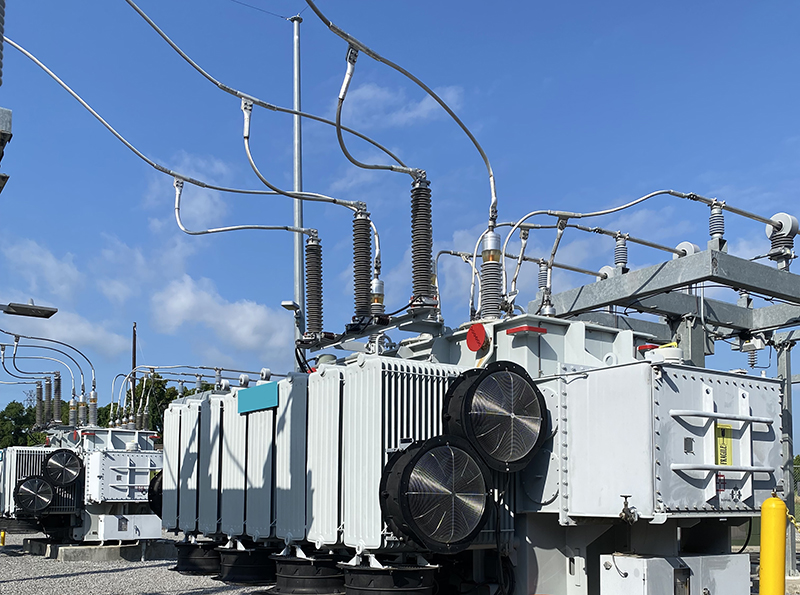Why Core Loss Is Constant In A Transformers?
Core loss is constant in a transformer because it depends on the voltage and frequency of the supply, which are fixed, and not on the load current, which varies.
Core loss is caused by two effects: hysteresis and eddy currents.
Hysteresis loss is the energy dissipated when the magnetic domains in the core material are repeatedly aligned and realigned by the alternating magnetic flux. Eddy current loss is the energy dissipated when currents are induced in the core material by the changing magnetic flux.
These currents circulate within the core and produce heat.
Core loss can be reduced by using core materials with low hysteresis, such as silicon steel, and by laminating the core to reduce eddy currents.
Why Is Neutral Connected To Earth In A Transformer?
The neutral is connected to earth in a transformer to provide a low-impedance path for fault currents to flow to earth.
This helps protect people and equipment from electrical shock and damage.

What Is Copper Loss In Transformer ?
The copper loss in the transformer is equal to the I2R loss. The copper loss is very important for the calculation of the transformer efficiency. The efficiency of the transformer can be improved by minimizing the copper loss and core loss.
In the transformer, the copper loss in the primary winding is Ip2Rp, and the copper loss in the secondary winding is Is2Rs loss, where Ip and Is are primary and secondary current of transformer and Rp and Rs are resistances of primary and secondary winding respectively.
The copper loss is the wastage of power due to I2R loss in the transformer winding, and the energy is wasted as heat. As both primary and secondary currents depend upon the percentage loading of the transformer, the current increases as the load on the transformer is increased. With an increase in the primary and the secondary current, the copper loss in the transformer gets increased with the load.
The copper loss is the wastage of power due to I2R loss in the transformer winding, and the energy is wasted as heat. As both primary and secondary currents depend upon the percentage loading of the transformer, the current increases as the load on the transformer are increased. With an increase in the primary and the secondary current, the copper loss in the transformer gets increased with the load.
The copper loss value is not constant, and it varies as the load on the transformer is increased. That is why the copper loss is also called a variable loss.
The total copper loss (I2R) loss in the transformer is load dependent. The copper losses are proportional to the square of the RMS current flowing in the winding and also proportional to the resistance of the winding. The resistance of the conductor varies with the rise in temperature.
The copper loss in the transformer is proportional to the square of the current flowing through the winding. When the load on the transformer is increased the copper loss varies because of the increased current and increased resistance caused by temperature rise.
The resistance value of the copper or aluminum must be corrected for the maximum permissible rise of the transformer winding at the rated capacity of the transformer. For example, the resistance of the winding measured at 30° C must be corrected for 75° C for an oil-cooled transformer.
For copper winding, the increased value of resistance with temperature can be calculated using the following formula.
RL=R0 [(TL+235)/(To+235)]
Where,
RL = Resistance at TL temperature
R0 = Resistance at ambient temperature
RL = Operating temperature
T0 = Ambient temperature
For aluminum winding, the increased value of resistance with temperature can be calculated using the following formula.
RL=R0[(TL+225)/(To+225)]
